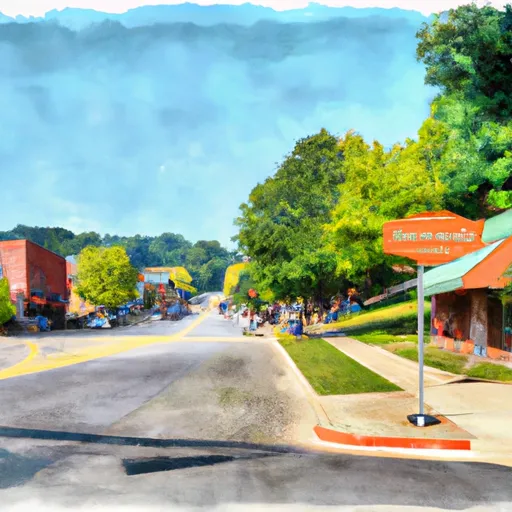°F
°F
mph
Windspeed
%
Humidity











Mineral Ridge is a small community located in the northeastern part of Ohio, United States. The climate in Mineral Ridge is characterized by warm summers and cold winters, with an average high temperature of around 84°F (29°C) in July and an average low of 19°F (-7°C) in January. The area experiences moderate precipitation throughout the year, with an average annual rainfall of about 38 inches (97 cm) and snowfall of around 40 inches (102 cm).
Hydrologically, Mineral Ridge is situated near Meander Creek, a tributary of the Mahoning River. The creek serves as a vital water source and contributes to the hydrological balance of the region. The water quality in the area is generally good, and efforts are made to maintain its cleanliness and sustainability.
Mineral Ridge offers several outdoor recreation opportunities for nature enthusiasts. Nearby Mill Creek Park provides various activities, including hiking, biking, fishing, and picnicking. The park encompasses numerous trails, allowing visitors to explore the scenic landscapes with diverse flora and fauna. Additionally, the Mahoning Valley Trail, a multi-purpose trail, passes through Mineral Ridge, offering opportunities for walking, jogging, and cycling. With its beautiful natural surroundings, Mineral Ridge serves as a great place for outdoor recreation and relaxation.
Weather Forecast
Mineral-Ridge receives approximately 990mm of rain per year, with humidity levels near 82% and air temperatures averaging around 10°C. Mineral-Ridge has a plant hardyness factor of 6, meaning plants and agriculture in this region thrive during a short period during spring and early summer. Most plants will die off during the colder winter months.
Regional Streamflow Levels
26,300
Cubic Feet Per Second
28
Cubic Feet Per Second
16
Cubic Feet Per Second
86
Cubic Feet Per Second
Nearby Camping
| Camping Area | Reservations | Toilets | Showers |
|---|---|---|---|
| Tomlinson Run State Park | |||
| Beaver Creek State Park | |||
| Mosquito Lake State Park | |||
| Guilford Lake State Park | |||
| Mill Creek - Berlin Reservoir | |||
| Geneva State Park |



